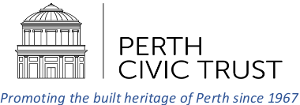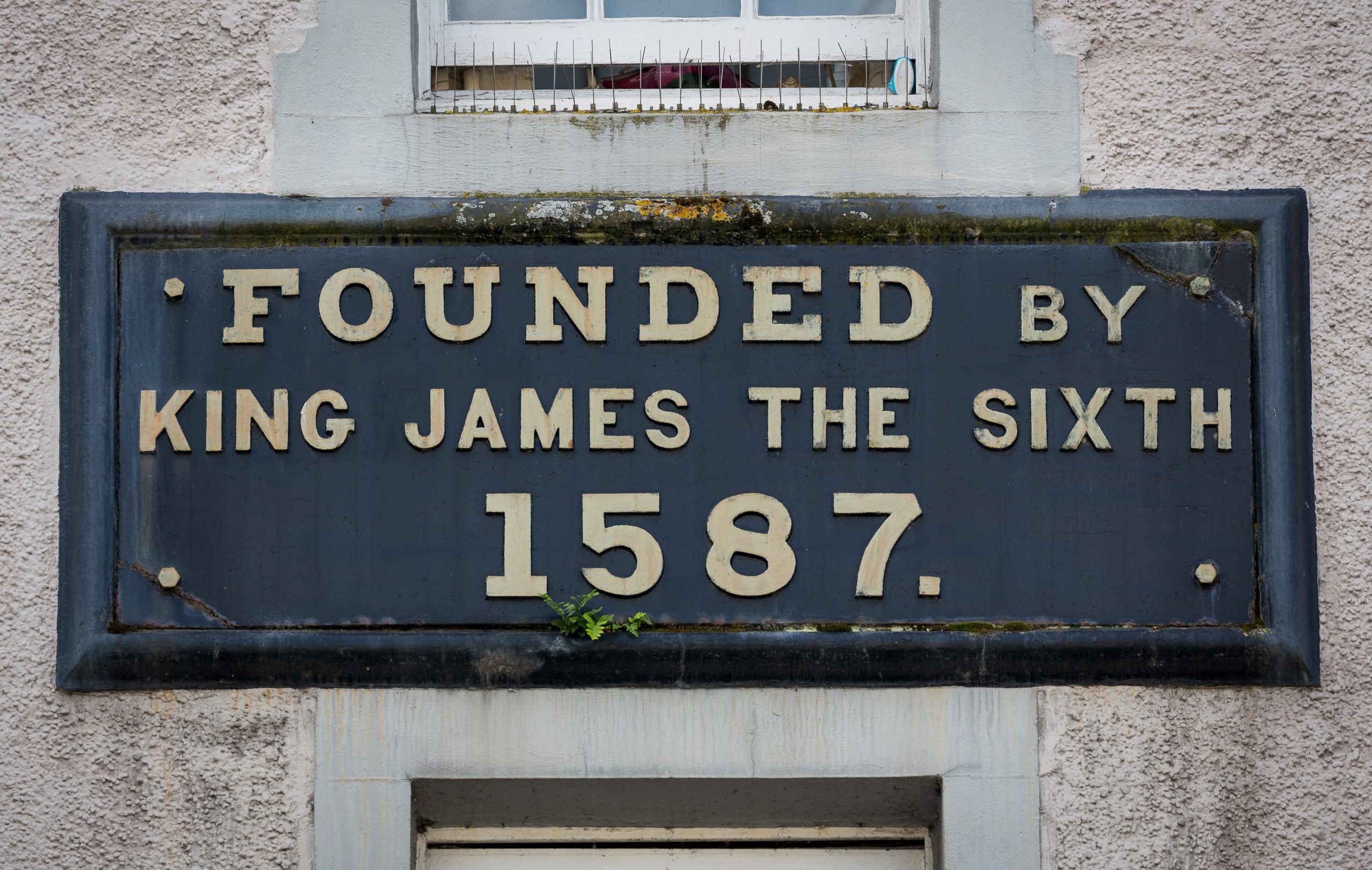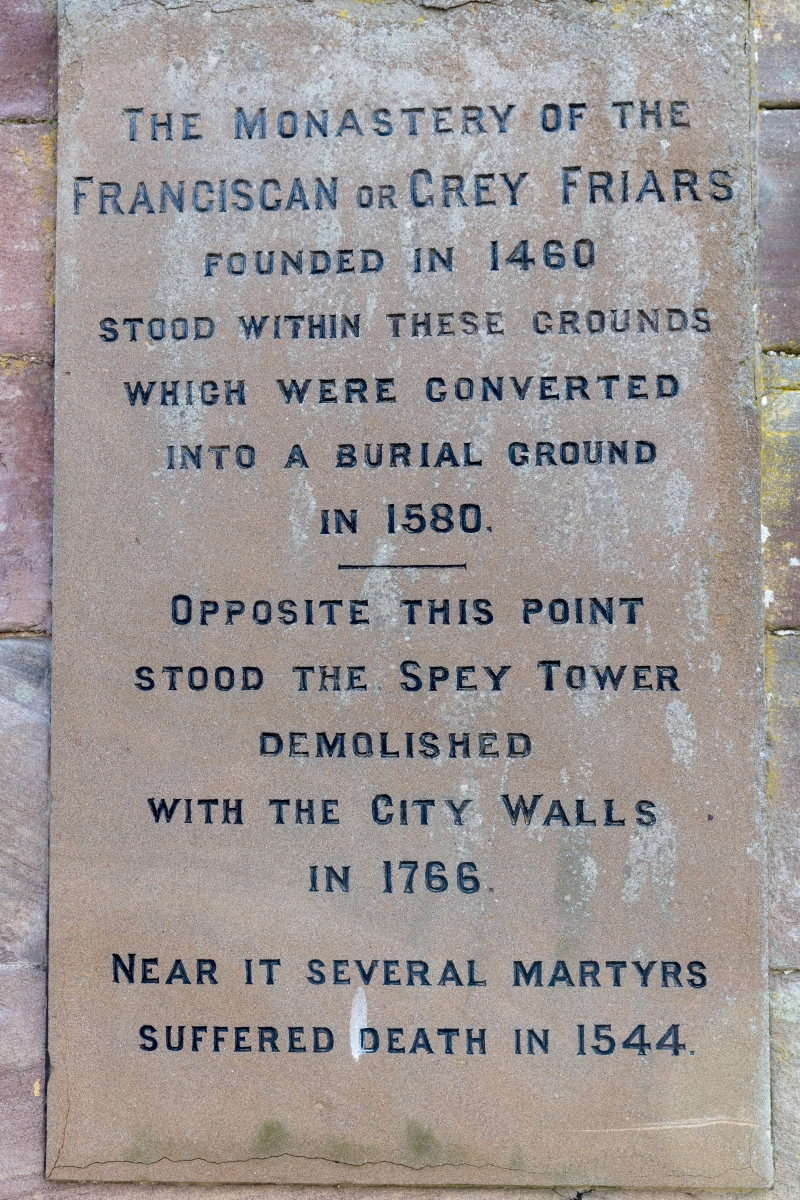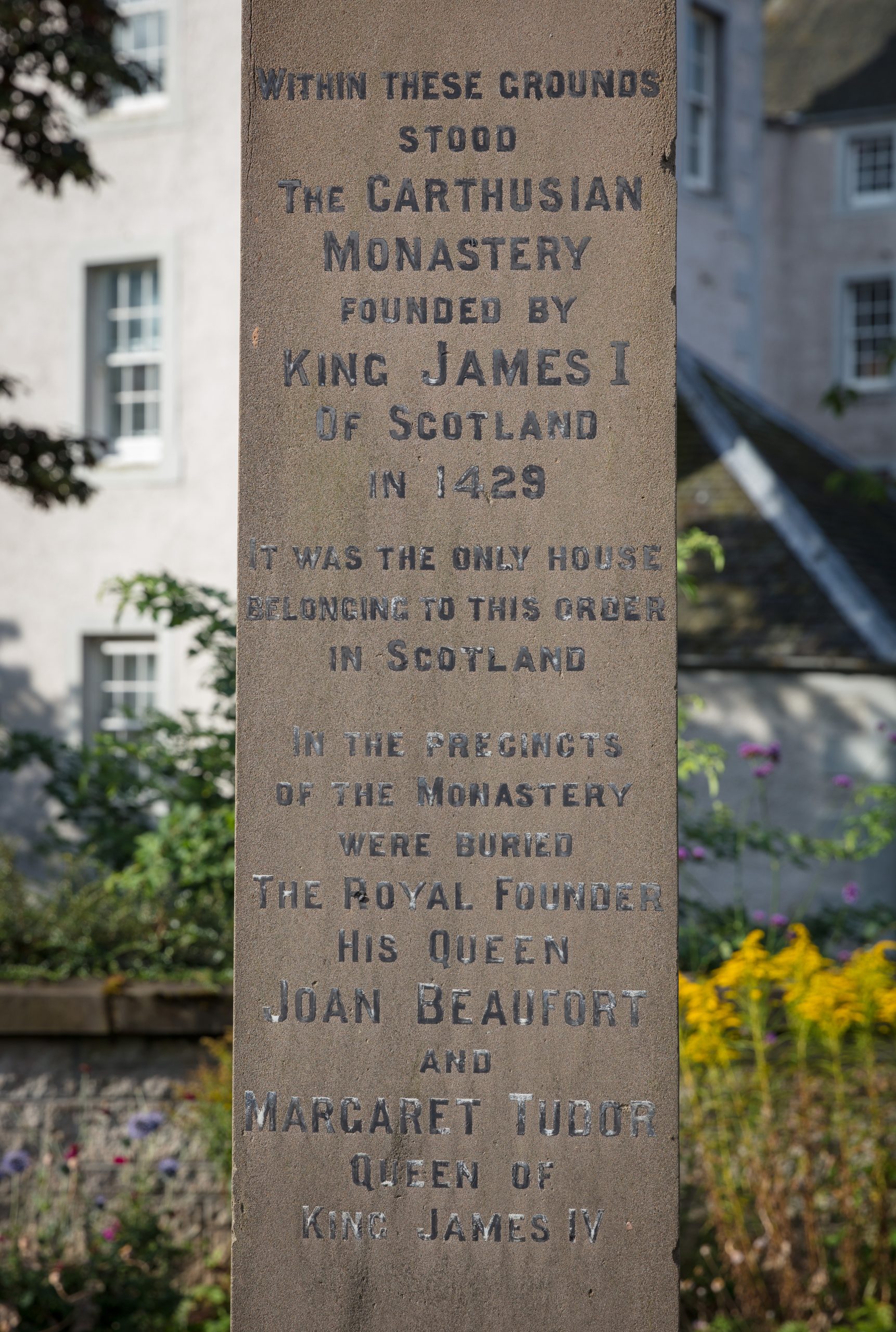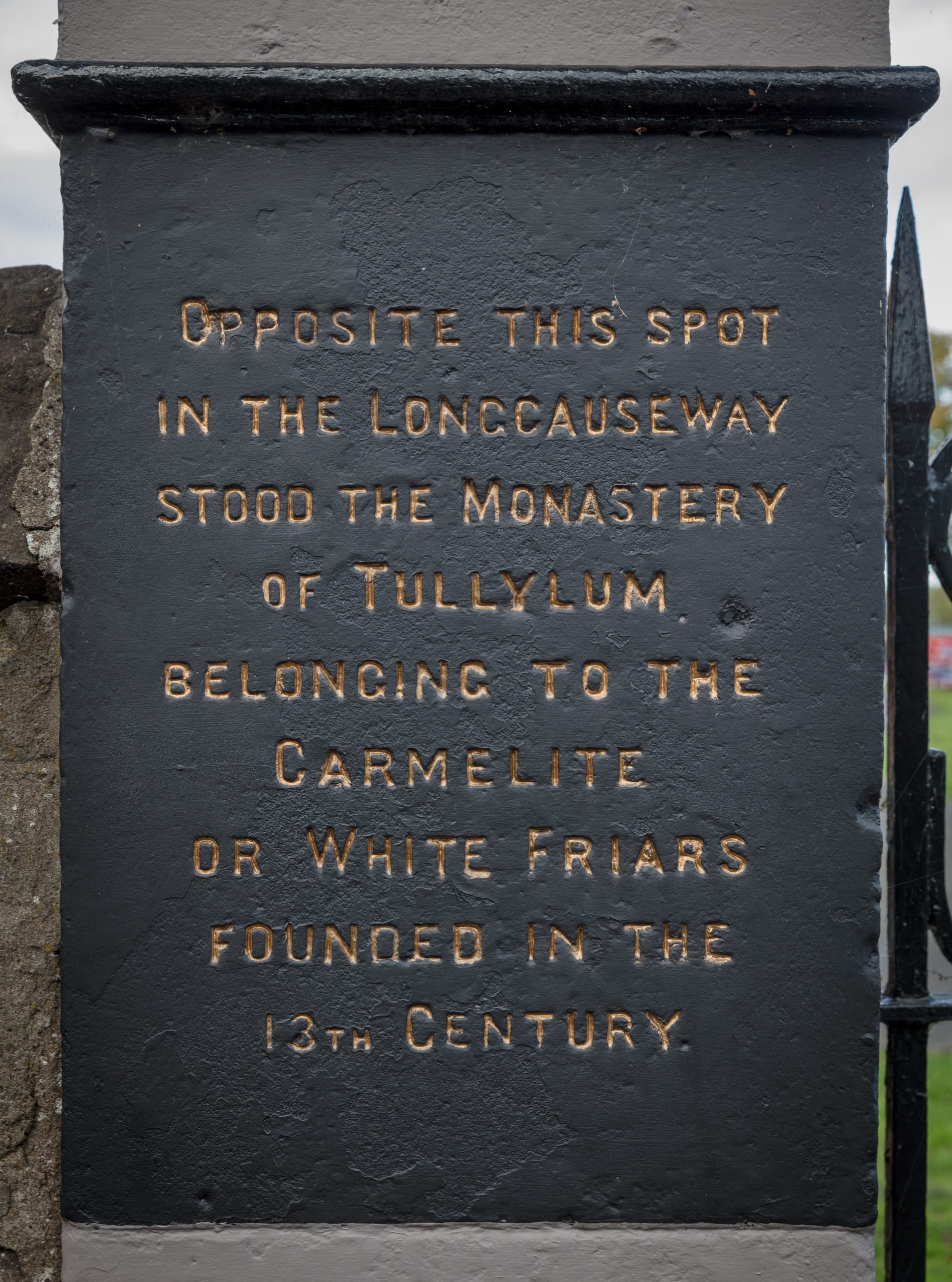King James VI Hospital
An information board (panel 10 of the PKHT Medieval Trail) explains the history of the Hospital. A Hospital at that time could be described as an early form of Poor House. It was built on the site of a Carthusian Monastery A royal charter in 1569 during the regency of the Earl of Moray established a hospital in Perth. The 1587 date on the building refers to a second royal charter by King James VI when he become old enough to rule, although buildings were not erected until 1596. The original buildings were not on the present site but close to…
